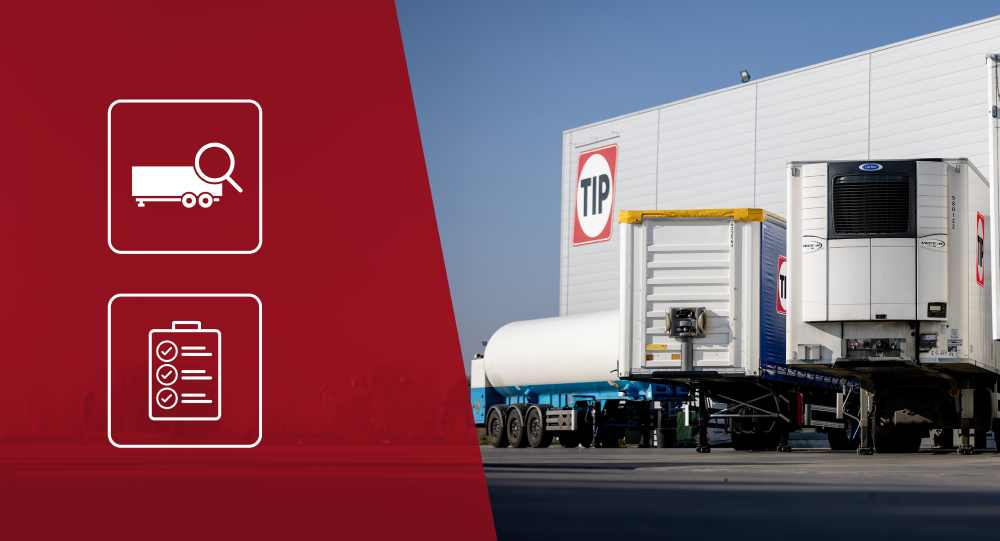TIP Used - Buyer’s Guide
When fleet expansion is under consideration, sourcing assets from the second-hand market can often make sense, given the choice available from time to time, local availability, competitive pricing and the range of finance options available.
However, looking for a used truck or trailer can take time, as there are many factors to consider. The process is made much simpler if you have a thorough understanding of what to look for in terms of the type of asset needed and where to source equipment from. In the case of trailers, always useful to know the type of trailer best suited to your needs.
With so many variables to consider, it might be tough to know where to begin. The perfect place to start is with our simple buyer’s guide.

1. Finding the best brand
For reliability, you should consider adding the best brand of trailer or truck to your fleet. If your budget doesn’t allow for a new one, then choosing a second-hand truck or trailer from a well-known brand is the best option. Quality lasts for years, and in many cases, a used trailer or truck from a reputable brand can mean reliability as though it were new.
2. Choosing the right model
Each trailer or truck has a certain feel that makes it the right fit for both the driver’s and the cargo’s needs. Searching for the best equipment that can satisfy your budget, business needs and comfort requirements can be tricky. It is recommended to look online for any comparisons of different models focusing on their fuel consumption, comfort and safety, as well as any digital features. Particularly in the case of trailers, each industry has particular needs and requirements, be it cargo type, weight, speed, urgency, etc., which is why there are specific types of trailers that are designed to handle them. The right trailer for you is dependent on the type of load you need to carry. For example, for lighter-weighted cargo, it may be best to choose a single-axle trailer, whilst a multi-axle one is recommended for heavier freights. The former costs less and usually means less fuel consumption, but they provide less flexibility, multi-axles ensuring higher payload capacity with increased stability, but relatively higher running costs.
3. Having a checklist
Searching for a second-hand trailer for sale may be challenging, but you can safeguard yourself against frequent upkeep costs by checking the significant parts.
Buying a used truck or trailer from a reputable dealer will help to ensure you’re getting the best quality. Understanding what parts to check can help determine likely future maintenance costs too. For example, you should always check the tyres. For multi-axle trailers, inspect the brakes, brake pads and braking system of the trailer to ensure they work correctly. Also, it is wise to inspect the suspension systems and frames to ensure that they can handle the load and the electrical system. Hook the trailer up and ensure the headlights, interior lights, brake lights and both indicators are working properly to ensure driving safety.
For trucks, the engine should be the first on your checklist and, for trailers, make sure that the floor and ramp don’t buckle under pressure, once loaded. It is also advisable to do online research about the elements you should consider when buying a used truck or trailer.
Looking to buy used trailers or trucks?
TIP Used, part of Europe’s leading truck and trailer leasing and rental provider TIP Group, is one of the largest suppliers of well-maintained second-hand trucks and trailers in the commercial vehicle sector.
Visit www.tip-used.com/en-gb to browse TIP Used’s wide variety of well-maintained second-hand trucks and semi-trailers.















